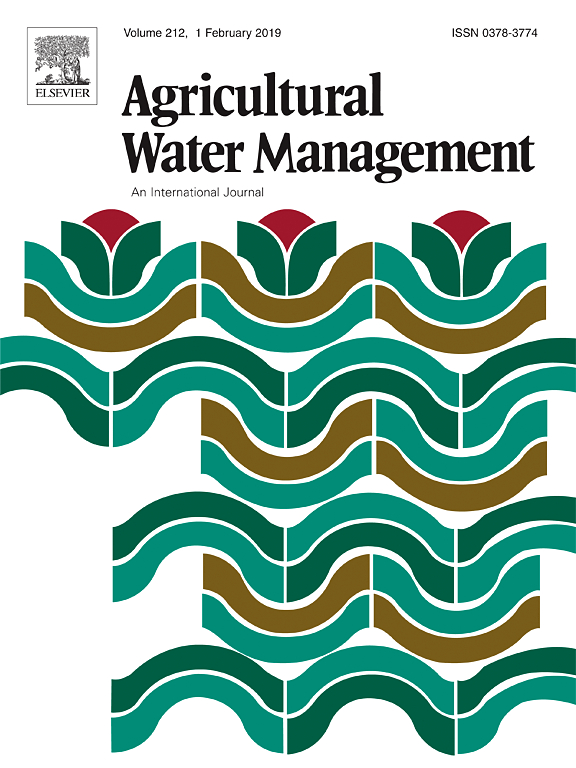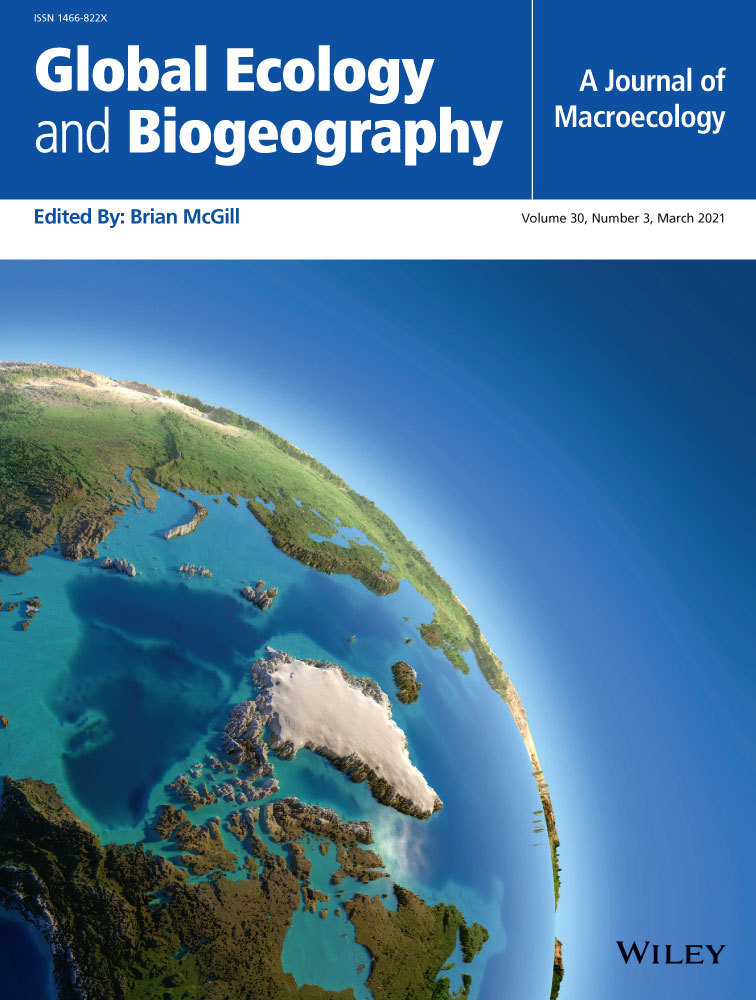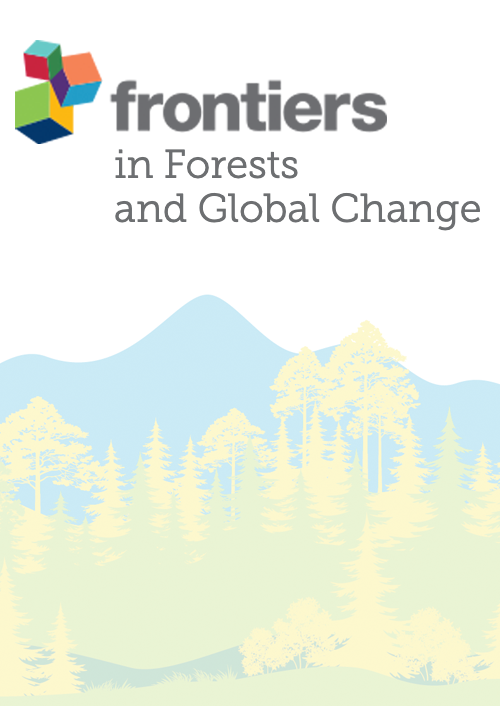Trees provide a wide range of benefits and have the potential to meet the majority of the United Nations Sustainable Development Goals. The study used different geospatial datasets of land, soil, climate and topography for modeling and mapping and identifying a potentially suitable area for trees in Nepal. Additionally, tree suitability categories and tree cover presence were examined in the existing agricultural landscape and in various ecological zones of Nepal to understand both dominance and trends. The overall analysis of land potentiality revealed that 18.9%, 12.8% and 68.3% of total land area are considered low ( 10%). Similarly, 67.7% of the hilly land which has greater than 70% tree suitability has 49.2% tree cover (> 10%). The mountain regions retain snow cover most of the year, with undulating terrain, and have roughly 28.1% of the land with greater than 60% tree suitability and 22.9% tree cover (> 10%). The total agricultural area, including rainfed and irrigated croplands, was reported to be approximately 24% of the country’s total geographical landscape. One-third of this area comprises rainfed cropland; 83% of rainfed cropland areas exhibit over 60% tree suitability. The study prioritized/ranked 862 villages as having more than 80% of land suitable for trees; this could be harnessed for integrated agroforestry practices. The findings addressed one of the important research gaps of land potentiality toward tree suitability. Moreover, it supports one of Nepal’s National Agroforestry Policy goals which is the development, expansion and commercialization of agroforestry systems which would contribute to national prosperity.
DOI:
https://doi.org/10.1007/s40808-020-00922-7
Altmetric score:
Dimensions Citation Count:
























